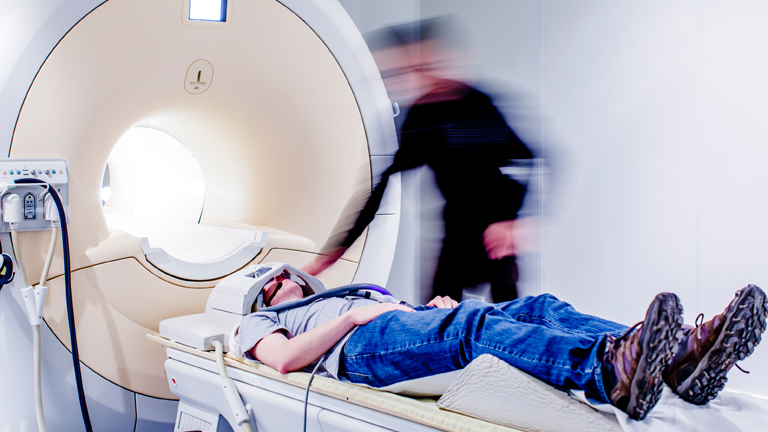
Neuroscience:How our brain’s resting state changes
It is impossible for the brain to do nothing. It is always active – but not always in the same way. Scientists in Bochum have investigated changes in the brain’s resting state – with the help of Morse code.
When we learn a new skill, a network of brain regions is affected, which is active during the brain’s resting state. Even when we appear to do nothing, many areas of the brain are working at full speed. The way these areas are connected depends on what we have previously learned. Researchers reported on these findings in the journal “NeuroImage”.
Morse code changes resting state connectivity
The scientists recorded the resting state brain activity of 35 tests persons with the use of functional magnetic resonance imaging (fMRI). They were scanned before and after they had learned to decipher previously unknown Morse code signals. The question was: Do the resting state networks change through the learning process?
“We have known for some time that resting state networks change depending on specific tasks”, says Dr. Lara Schlaffke from the Neurological Clinic at the University Clinic Bergmannsheil. “We were interested to see how these networks adapt during particularly complex cognitive tasks.”
Stronger connections
In the quest for answers the scientists in Bochum partnered with colleagues from the universities in Regensburg and Düsseldorf. Their analysis showed that, even after only ten days of learning, the resting state connectivity had changed. After learning, areas of the brain which process language were more strongly connected to areas responsible for attention.
The study was performed as part of the work of Collaborative Research Centre 874 “Integration and Representation of Sensory Processes”.
Contact:
Dr. rer. nat. Lara Schlaffke
Neurologische Universitätsklinik
BG-Kliniken Bergmannsheil
Ruhr-Universität Bochum
Tel.: 0234 302 -6098
lara.schlaffke@ruhr-uni-bochum.de
